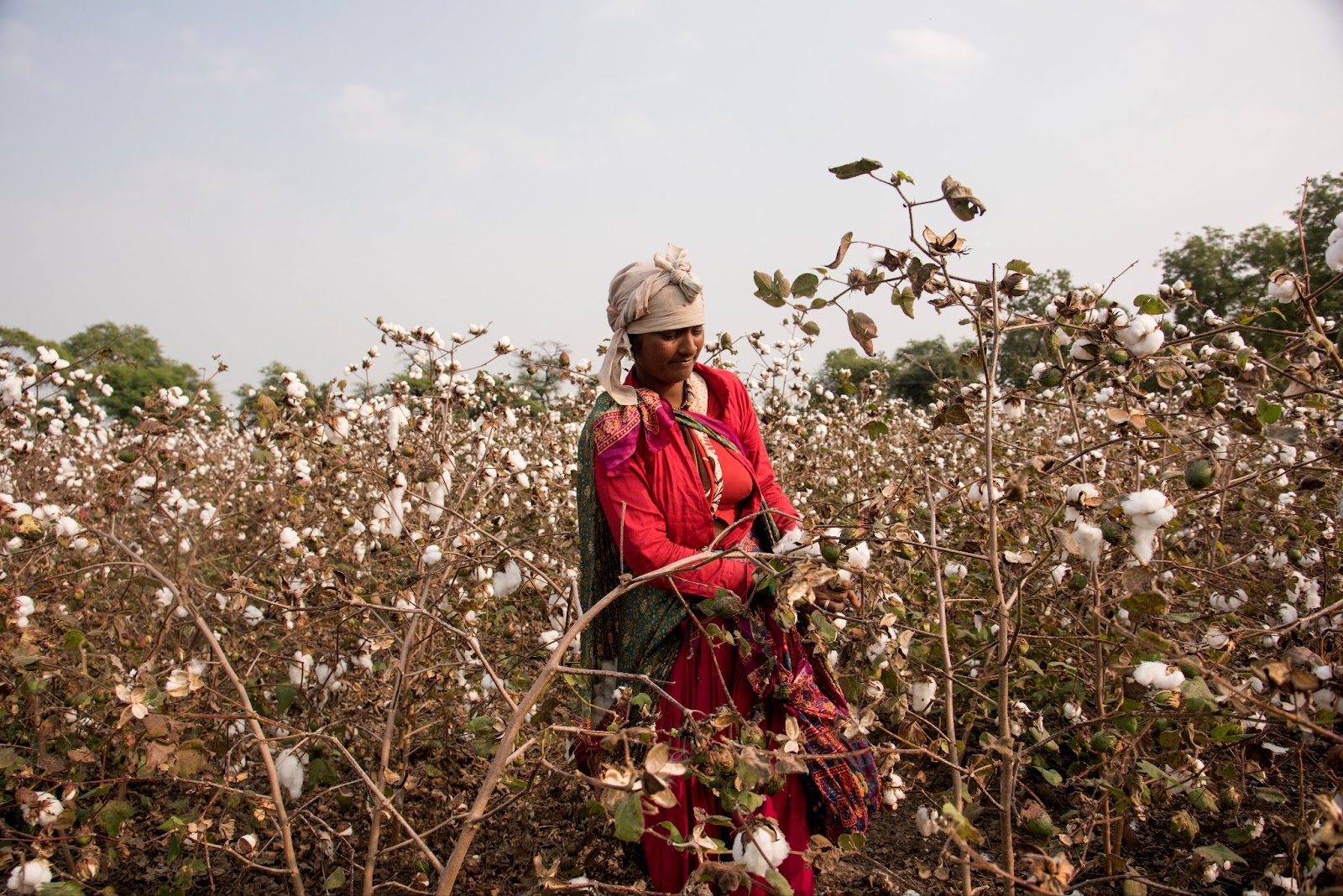Ralegaon is a common stop for journalists reporting on India’s farmer suicide crisis. Rising temperatures and long droughts have hit this rural part of central India particularly hard, causing cotton crops — the lifeblood of the region — to fail, driving thousands of farmers in the region to death by suicide. Their deaths have become a major story in India and abroad.
When I met social worker and farmer Madhuri Khadse during my own reporting trip to Ralegaon last year, I asked if any journalists had come to write about women farmers before me.
“No,” she said. “But they should have. I have not seen any headlines about women farmers or their problems. There is nothing about them [in the news].”
Khadse runs the nonprofit Prerna Gram Vikas Sanstha, which works primarily with women farmers in the area — she knew that they too were being hit hard by the climate crisis. This should have been a no-brainer for us journalists as well: according to official government statistics, 75.7% of rural women in India are engaged in agriculture. But in article after article, farmers are often exclusively portrayed as men.
With the changing climate hitting the agriculture sector hard, women’s invisibility in media coverage leaves their distress unacknowledged. That’s why it was a relief to see the latest report by the Intergovernmental Panel on Climate Change (IPCC) state that women are especially vulnerable to climate change, and that it is urgent to integrate women’s perspectives in order to address the crisis.
We know that climate change affects women differently from men. One impact is an increase in invisible and unpaid labor such as care work. And in much of the developing world, the climate crisis is increasing internal migration.
“What we see is that often it is men who are moving, with women left to handle unproductive farms and livestock while also undertaking all care work from older parents or young children,” said Chandni Singh, a senior researcher at the Indian Institute for Human Settlements (IIHS) and a lead author of the IPCC report. This increased burden, she said, is poorly captured in our solutions to climate change.
Excluding women’s voices leads to poor policy decisions: “Adaptation actions do not automatically have positive outcomes for gender equality,” said Anjal Prakash, research director at the Indian School of Business, Hyderabad, and another lead author of the IPCC report. A 2021 report commissioned by Internews, a media non-profit, found not only that fewer women than men appear in environmental stories in Asian media, but that when women did appear they tended to be reduced to victim status, rather than offering solutions.
This is why it’s so refreshing when journalists break the mold to present a feminist gaze on climate. “I’m really tired of seeing male experts, just giving solutions,” journalist and filmmaker Neelima Vallangi told me. One of the storylines in her documentary, The Weight of Water, tracks the impact of Himalayan springs drying up on local communities and sheds light on the rise of uterine prolapse among women who have to travel further and further to bring back heavy loads of water. The film is unassuming in its presentation of the female point of view, but I was deeply moved — it made me realize just how rare it is to see women at the center of climate narratives. This is exactly the type of work we need to see more of; it is exactly the type of work that we aspire to do at The Fuller Project. In the coming months, I’ll be putting out several stories which look at the impact of climate change on women. Stay tuned for a look at the hidden toll of India’s heatwaves on women.


 Disha Shetty
Disha Shetty
